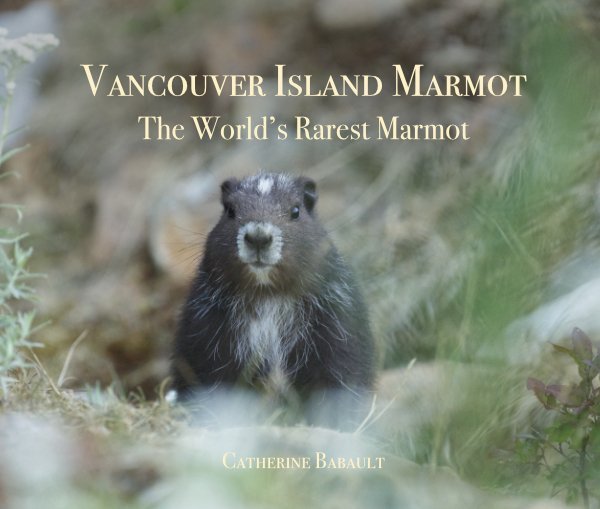In the summer of 2023 as I was processing photos in my home office, I heard an unusual call coming from outside. I was curious to find out what it was so I grabbed my camera and went looking for that mysterious bird. Running under the cover of thick bushes was a family of Northern Bobwhites. The adult male and female were trying to keep control of their brood by calling them but the young bobwhites were more interested in exploring their environment than listening to the adults.
This summer, I heard them again. They must have survived the winter and I wondered where they were coming from. The Northern Bobwhite is a non-migratory species that are only known from Walpole Island First Nation in southwestern Ontario and in eastern US. Introduction attempts in British Columbia decades ago were unsuccessful. The species is listed as endangered in Canada.
My sightings of this rare bird made the front page of the Victoria Times Colonist. I also had the honour to talk on the radio program Panorama on Radio-Canada and Vista Radio.
Male Northern Bobwhite
Female Northern Bobwhite










